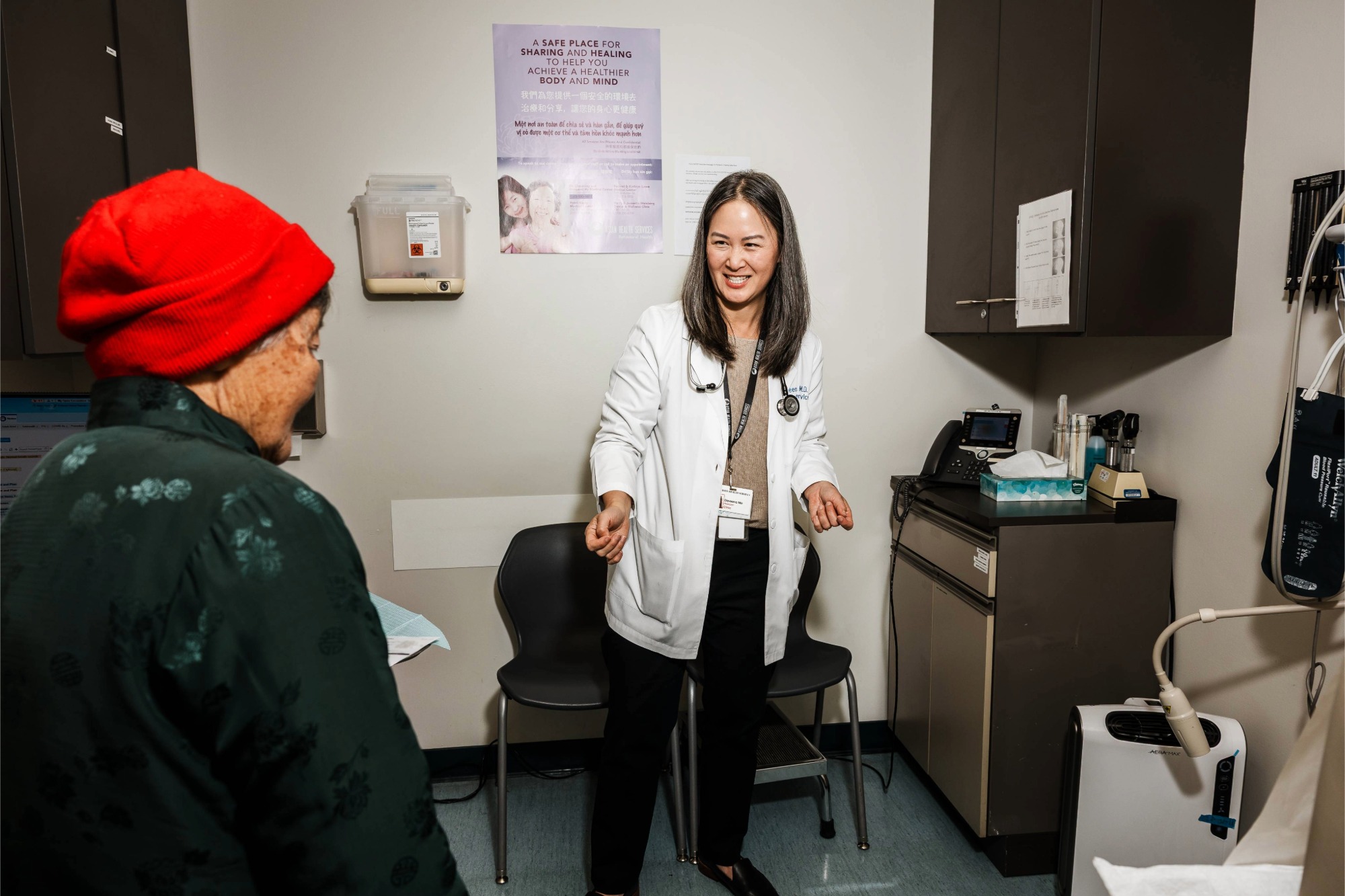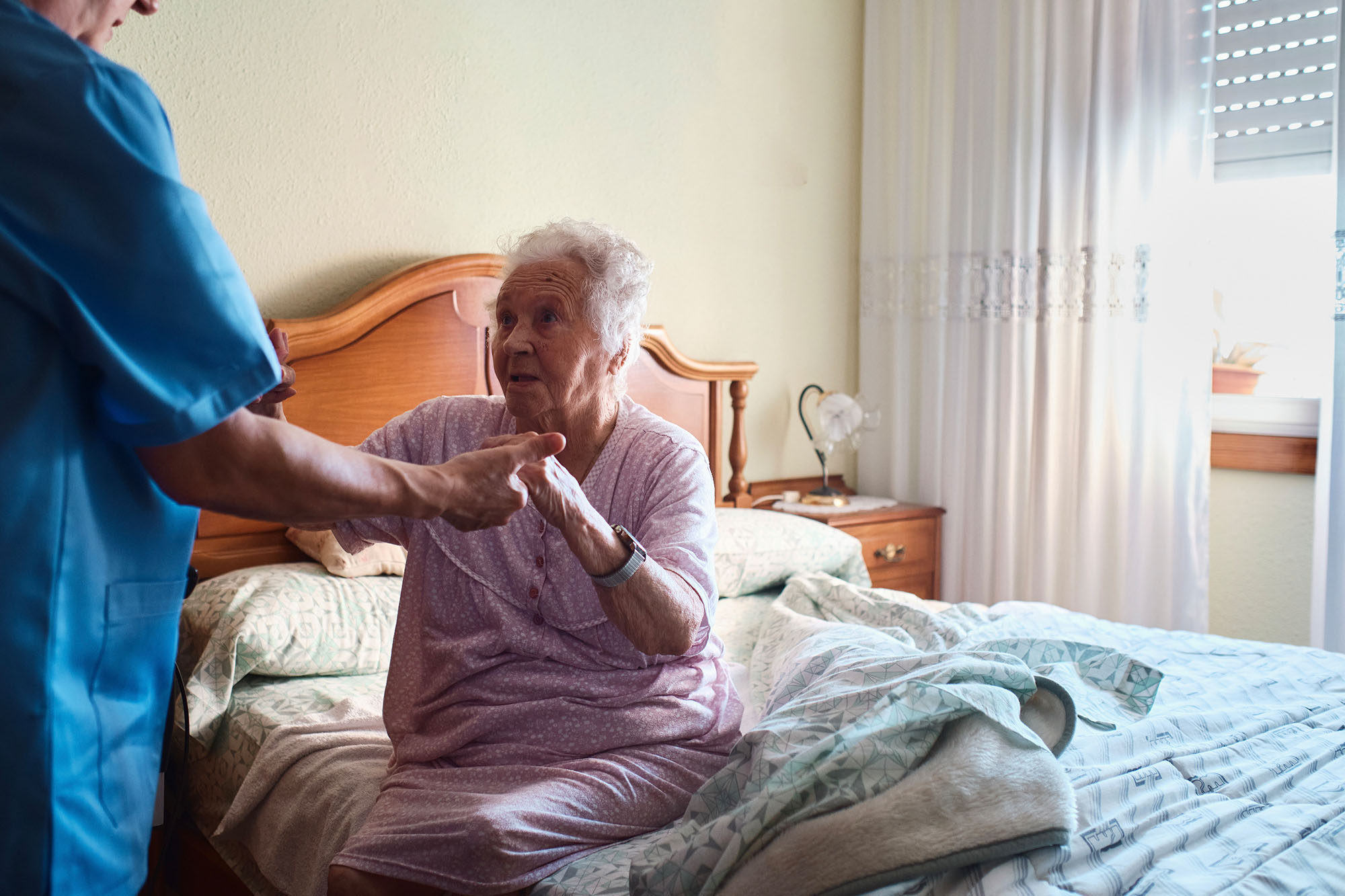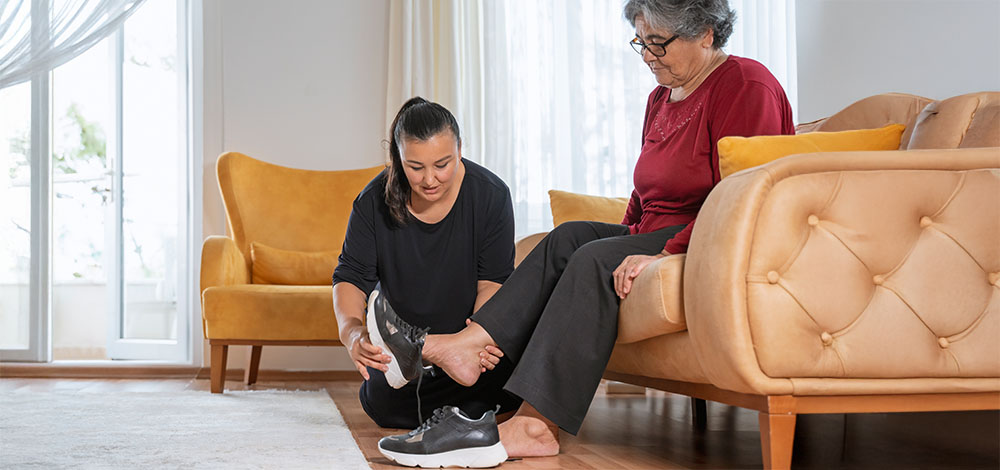The table below outlines the projects from the nine California public health care systems that piloted interventions with support from CHCF’s generalist palliative care implementation program in 2020–21. It is organized by the three major categories of behavior change and skill-building these teams focused on: advance care planning and goals of care discussions, pain assessment and management, and comfort care at the end of life.
In the table, each organization’s entry links to a project profile that includes a project overview, description of the target patient population and project activities, summary of key challenges and takeaways, and description of core measures and select outcomes.
These approaches can be adopted or adapted by any health care system that aims to improve the care of its patients with serious illness.
CHCF Generalist Palliative Care Implementation Projects
| public hospital | partner service line | target audience | target population | project activities | |||||||||
|---|---|---|---|---|---|---|---|---|---|---|---|---|---|
| Target Behavior: Advance Care Planning (ACP) and Goals of Care (GOC) Discussions | |||||||||||||
| Alameda Health System (PDF) | Emergency department | Residents | Seriously ill patients | Communication skills training (VitalTalk) Electronic health record (EHR) SmartPhrase to document and track discussions Incentives and public reporting to encourage discussions | |||||||||
| UC Irvine Health (PDF) | Emergency department | Attending physicians, fellows, residents | Seriously ill patients | VitalTalk’s emergency medicine training and Mastering Tough Conversations training VitalTalk’s Faculty Development courses GOC SmartPhrase created for EHR reminder | |||||||||
| Zuckerberg San Francisco General Hospital and Trauma Center (PDF) | Trauma surgery | Attending physicians, fellows, residents, and nurse practitioners | Seriously injured patients | Internally developed training on screenings, new workflows, and communication skills training; recorded trainings and videos developed for integration into curriculum EHR SmartLists and dot phrases created for documentation; integrated ACP and health proxy into history and physical template Activities based on American College of Surgeons’ Trauma Quality Improvement Program Palliative Care Guidelines | |||||||||
| Contra Costa Health Services (PDF) | Primary care | Primary care providers | Seriously ill or older adults | Internally developed training on introduction to ACP, GOC discussions, and revised workflows for primary care providers, combined with self-paced Center to Advance Palliative Care (CAPC) training modules ACP reminder created in EHR primary care dashboard with links to ACP documentation notes; included as a quality incentive program measure | |||||||||
| Harbor-UCLA Medical Center (PDF) | Cardiology clinic | Nurse practitioners and social worker | Congestive heart failure clinic patients | Internally developed training on palliative care basics combined with VitalTalk’s Mastering Tough Conversations training Palliative care consults provided as needed plus mini-refreshers on training topics EHR stores completed forms and identified surrogate decisionmaker; internal log of ACP activity also tracks patients reached | |||||||||
| Santa Clara Valley Medical Center (PDF) | Nephrology clinic | Physicians and social workers | Patients age 70 and older with advanced chronic kidney disease | Internally developed training on ACP and Physician Orders for Life-Sustaining Treatment combined with VitalTalk’s Mastering Tough Conversations training VitalTalk’s Faculty Development courses completed by nephrologist and palliative care chief for sustainability Mentoring provided by palliative care via shadowing and case conference — focused on “micro conversations” and the process for ACP Tracked in EHR via shared lists and documented goals of care in notes | |||||||||
| Target Behavior: Pain Assessment and Management | |||||||||||||
| LAC+USC Medical Center | Radiation oncology | Residents and nurse practitioners | Radiation oncology clinic patients | Internally developed training on assessing, documenting, and managing pain combined with required self-paced CAPC training modules; shared all resources via SharePoint Mentoring and consulting from chief resident and palliative care team EHR dot phrases created to integrate pain assessment and plans into resident workflow | |||||||||
| Olive View-UCLA Medical Center | Medical oncology clinic | Fellows and attending physicians | Oncology clinic patients with solid tumors | Internally developed training sessions on pain assessment and management (including the PEG [pain, enjoyment of life, and general activity] scale and new workflow) combined with access to CAPC training modules Real-time mentoring from the palliative care team PEG tool stored as ad-hoc form; proposing EHR modification to include in routine pain documentation | |||||||||
| Target Behavior: Comfort Care at the End of Life | |||||||||||||
| UC San Diego Health (PDF) | Neurology | Neurology | Patients nearing the end of life | Internally developed training series on palliative care and hospice, communications skills, and symptom management; combined with simulation case training and CAPC modules. All resources available online on resident website. Consults available with palliative care team as needed Neuropalliative care elective created for residents for two-week rotation with palliative care team Comfort care orders, advance directives, and consults tracked in EHR | |||||||||






